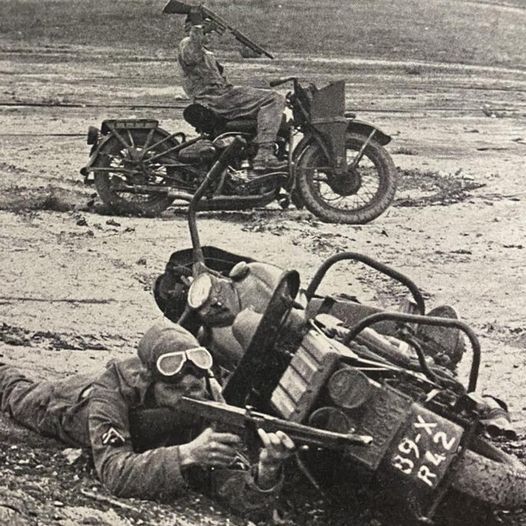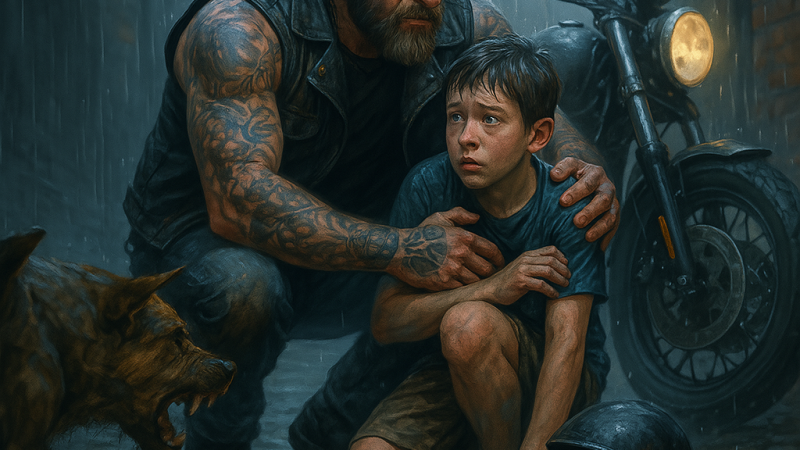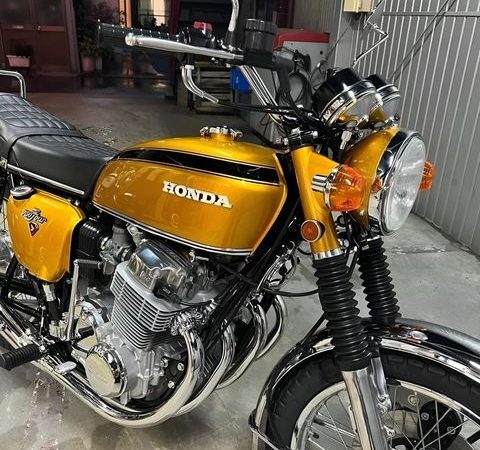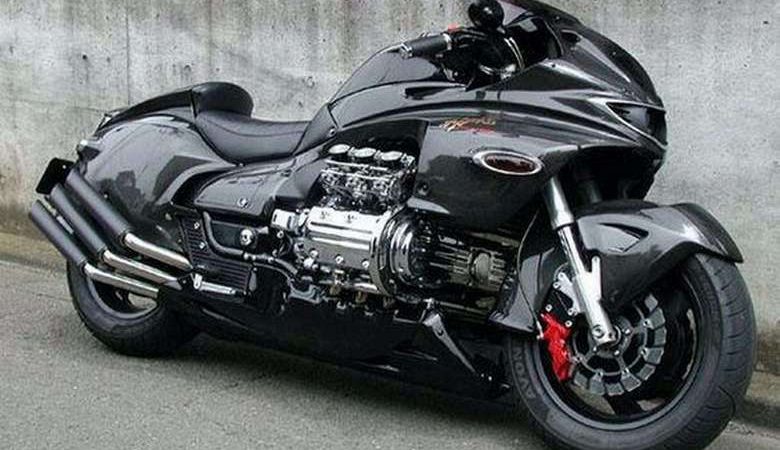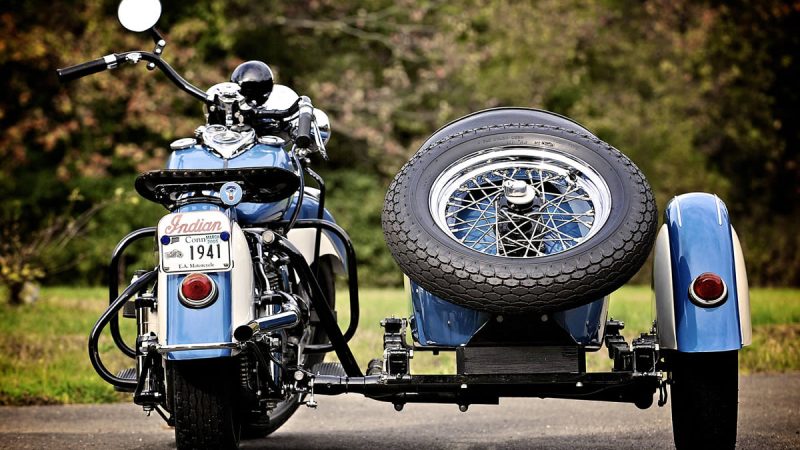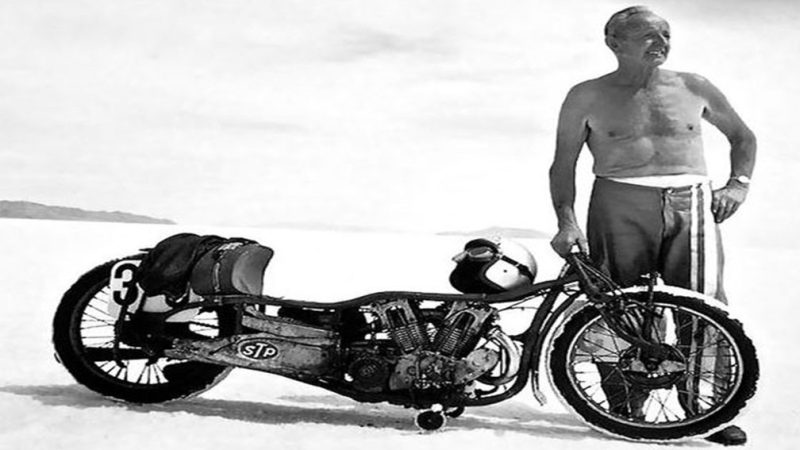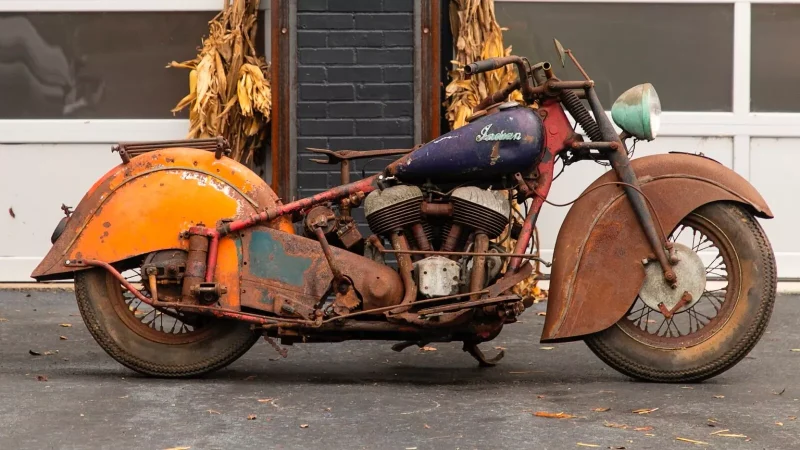Military Motorcycles in World War II – A Look into the Mortons Archive
Table Of Contents
We have delved into the illustrious Mortons Archive to provide you with a captivating glimpse into the use of Triumph and Norton motorcycles during the Second World War.
Triumph’s Struggles in Coventry
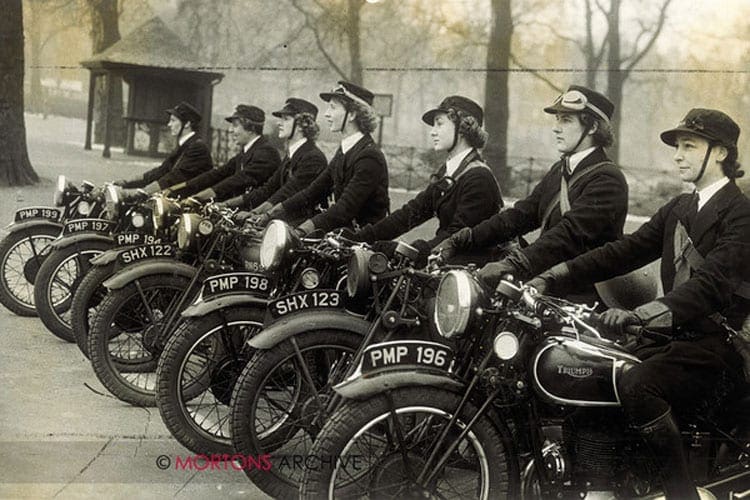
In the early days of World War II, Triumph was thriving with its single-cylinder Tigers, known for their performance and appeal. Between 1938 and 1941, approximately 10,000 side-valve 3SWs were supplied to the British military, replacing the older 3S model. In 1940 alone, the Coventry-based factory delivered around 1,500 5SWs. However, production came to an abrupt halt on the night of November 14, 1940, when a concentrated German bombing raid devastated Coventry. The attack claimed hundreds of lives, destroyed over 4,300 homes, and severely damaged two-thirds of the city’s buildings, including the Triumph factory. Consequently, many 3SWs, the first 50 units of the planned 350cc twin 3TW model, along with crucial tooling, plans, and spares, were lost.
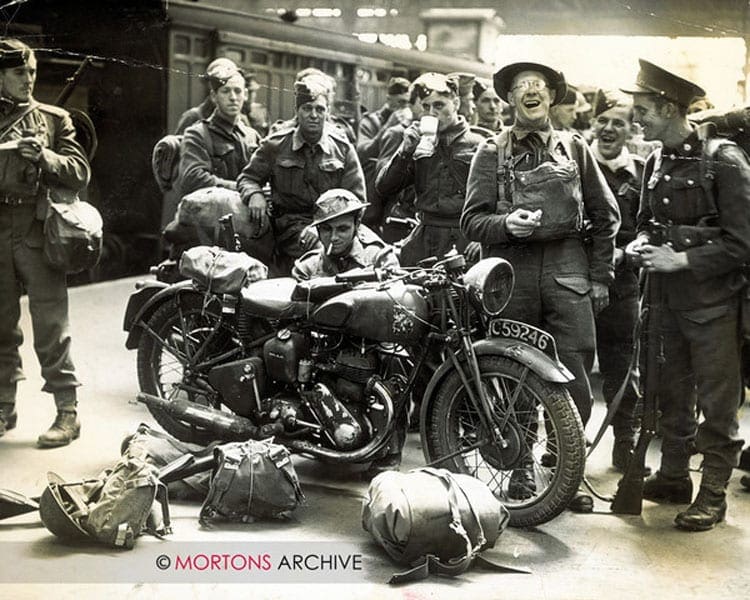
Triumph relocated its operations to an old foundry building in Warwick, where it produced the 3HW model, based on the Tiger 80. Eventually, Triumph established a permanent home in Meriden.
Norton’s 16H and Big 4
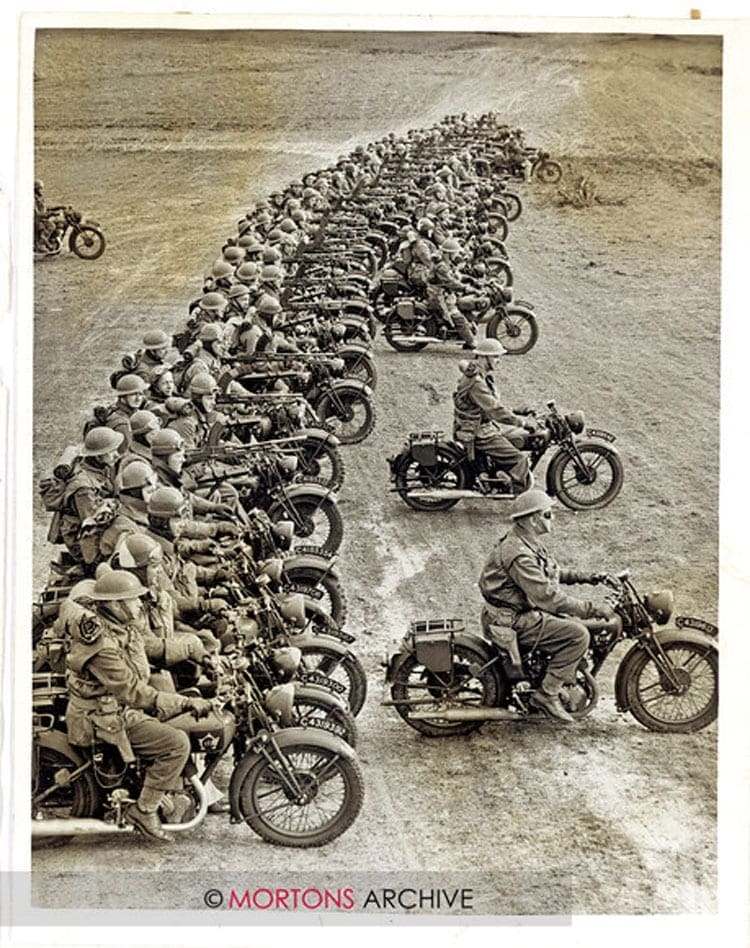
Before the war, Norton was producing 4,000 machines annually. By the end of the conflict, the company had supplied 100,000 motorcycles to military forces. The primary models were the 16H and Big 4, which served in the army, navy, and air forces worldwide. The 16H, a pre-1937 design, was the preferred choice, though a post-1938 model with fully enclosed and lubricated valve gear would have been an alternative.
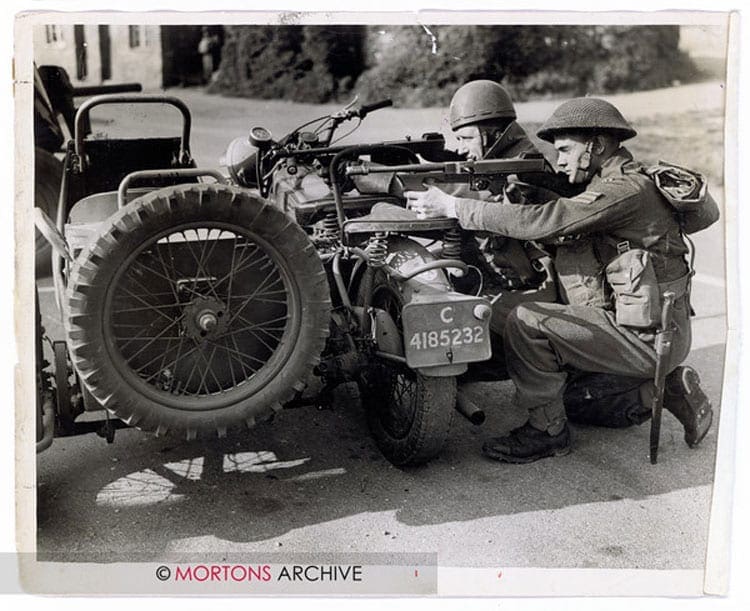
The 16H model was the most popular military motorcycle during the first two years of the war, maintaining its prominence until the Matchless G3L began to take over. Despite this, some 16H models continued to see front-line action. Norton also produced the Military Model 1, commonly known as the Big 4. Featuring a 633cc sv engine and drive to both the rear and sidecar wheels, the Big 4 was a robust machine. However, with the arrival of the versatile American Jeep, many Big 4s found themselves relegated to tasks like towing bomb trains in the Australian desert.
The 16H, although less glamorous, continued to be supplied in 1945 and remained in service into the 1950s. Norton ultimately became the second largest supplier of motorcycles to the British Army.
